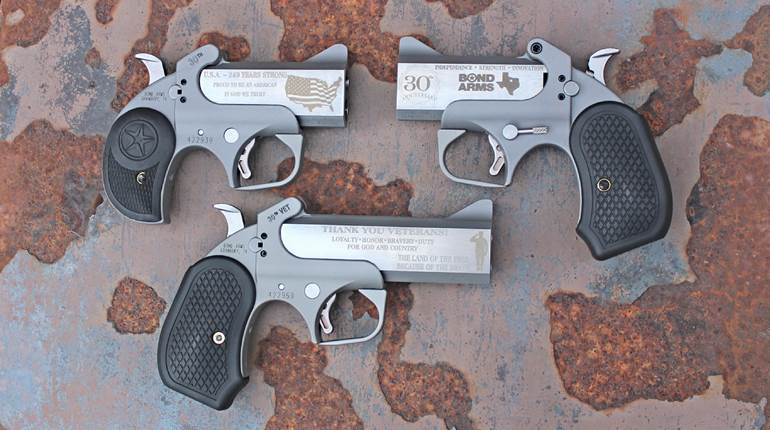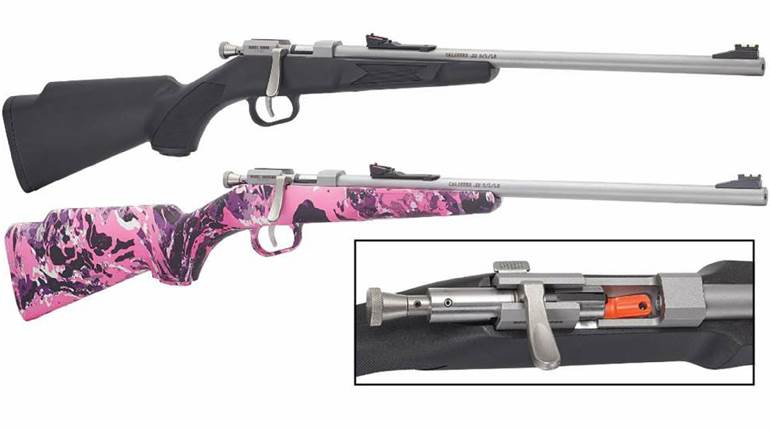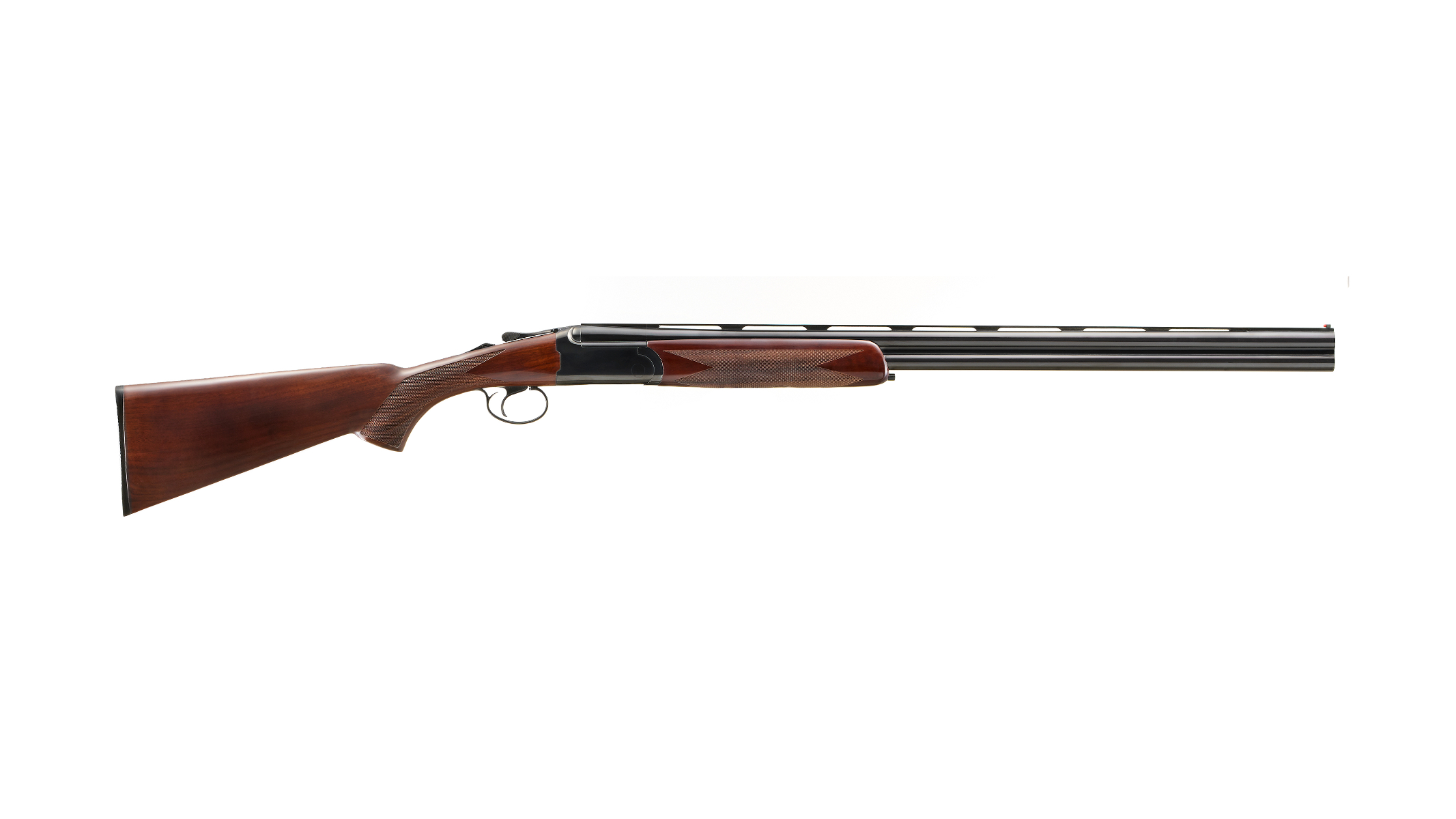
9/25/2012
The Desert Eagle is the super-star of the Magnum Research lineup, in more ways than one. This large-frame, gas-operated semi-automatic pistol (that’s right, gas-operated) was first conceived in 1979 and became the founding product of the company. Its basic design was patented in 1980, with working prototypes completed the following year. With the final touches to the pistol in place, Israel Military Industries (IMI), which later reorganized under the name Israel Weapon Industries (IWI), was subcontracted to build the gun. The first production model, the Mark I chambered for .357 Mag., was on the market in 1983. The Desert Eagle premiered again in 1986 as the very first successful .44 Mag. semi-automatic handgun.
In 1989, the Mark VII became the next standard for the Desert Eagle. All future versions would reflect the changes in that model, including a two-stage trigger, a redesigned safety lever and an enlarged slide release. In the mid 1990s the .50 Action Express (AE) chambering and the Mark XIX version of the pistol were released. No one else thought a .50-cal. semi-automatic pistol could be built. The Desert Eagle was the first one to arrive, and it’s the only one still in production today. Mark XIX updates included a one-size-fits-all frame to allow for quick caliber conversions and the addition of an integral Picatinny sight rail along the top of the barrel.
The large size and unique profile of the Desert Eagle has made it a pop-culture icon. It has appeared in dozens of movies, TV shows, and video games including “The Matrix” trilogy (1999-2003), “Fringe” (2009) and “Call of Duty: Modern Warfare” (2009). But under all of the media-inspired bravado lies an intelligently engineered firearm. The gun is constructed of 4140 chrome-moly steel. Consisting of 92 parts, the Desert Eagle is often referred to by the manufacturer as a hand rifle instead of just a handgun. Recoil is controlled by two heavy, three-braid wire recoil springs. The multi-lug rotary bolt is similar to that found in an AR-15 rifle, and its design aids in the extraction of spent brass and works to improve accuracy. The hammer-forged barrel has polygonal rifling—which does not foul as quickly as tradition rifling—and a hard-chromed chamber. A fixed barrel and integral scope rail work to keep attached optics sighted in. Finishes available for the Desert Eagle include black oxide, bright nickel, and gold-tinted Titanium.
The pistol tested for this review was a Mark XIX .50 AE in a brushed-chrome finish with an optional muzzle brake installed. Despite its obvious heft, this pistol has good balance for off-hand shooting. The trigger pull measured at 4 pounds, 11 ounces, with a crisp, clean break. Despite what you see in the movies, shooting a .50 AE is strictly a two-handed affair. Although the muzzle brake does reduce muzzle rise, the felt recoil produced by full-power factory ammunition was stout. The 300- to 350-grain bullets yielded between 1,041 to 1,281 ft.-lbs. of energy at the muzzle. Topped with a Trijicon RMR RM05 9.0 MOA Dual-Illuminated Amber Dot sight, the Desert Eagle delivered dependably tight groups in the 2-inch range at 25 yards.
Model: Desert Eagle Mark XIX Pistol with Muzzle Brake (DE50BCMB)
Caliber: .50 Action Express (tested), .357 Mag., .44 Mag.
Action Type: gas-operated, semi-automatic center-fire pistol
Frame: brushed-chrome finishedstainless steel (tested); black oxide and others available
Barrel: 6"
Rifling: polygonal: six-groove, 1:19" RH twist
Magazine: seven-round-capacitydetachable box
Sights: fixed, combat
Trigger: single-action: 4-lb., 11-oz. pull
Overall Length: 12" with muzzle brake
Width: 1¼"
Height: 6¼"
Weight: 70 ozs.
Accessories: hard case, lock, manual
Suggested Retail Price: $2,186



































